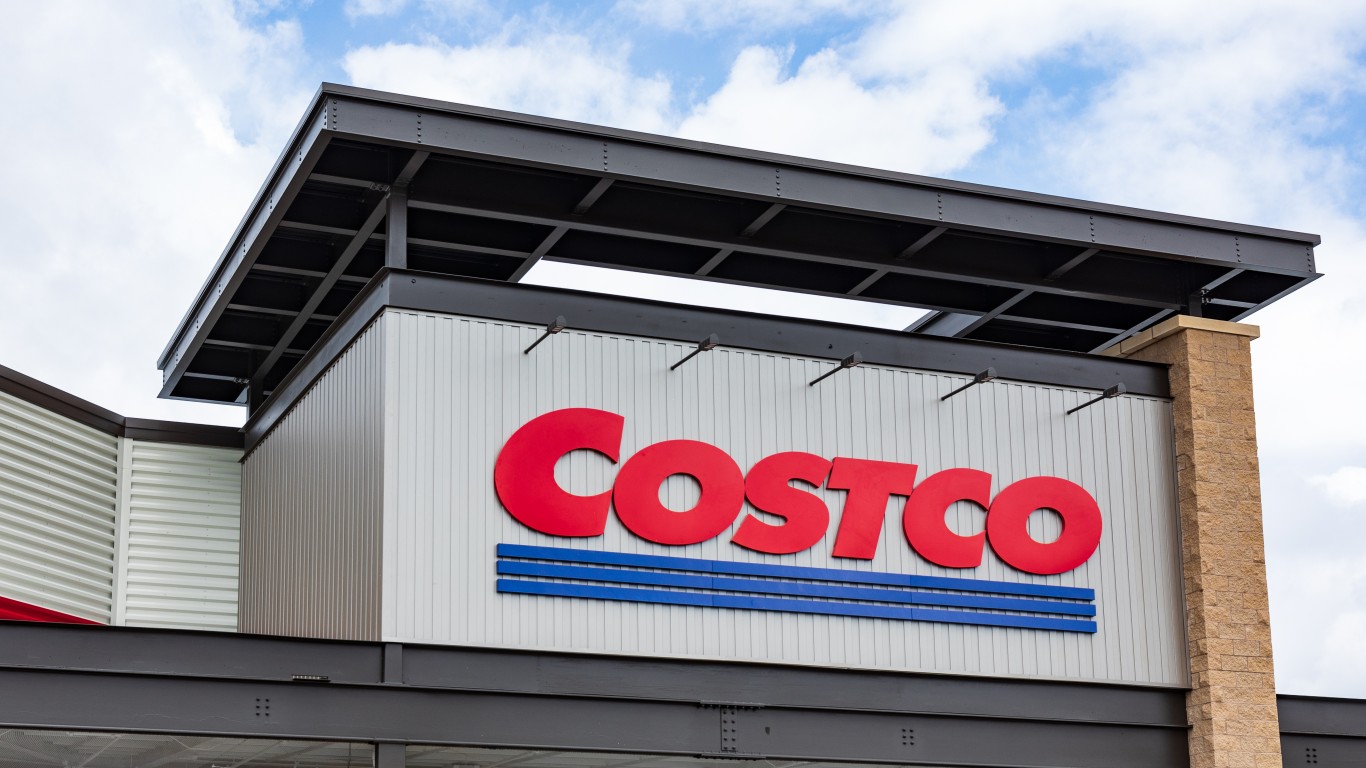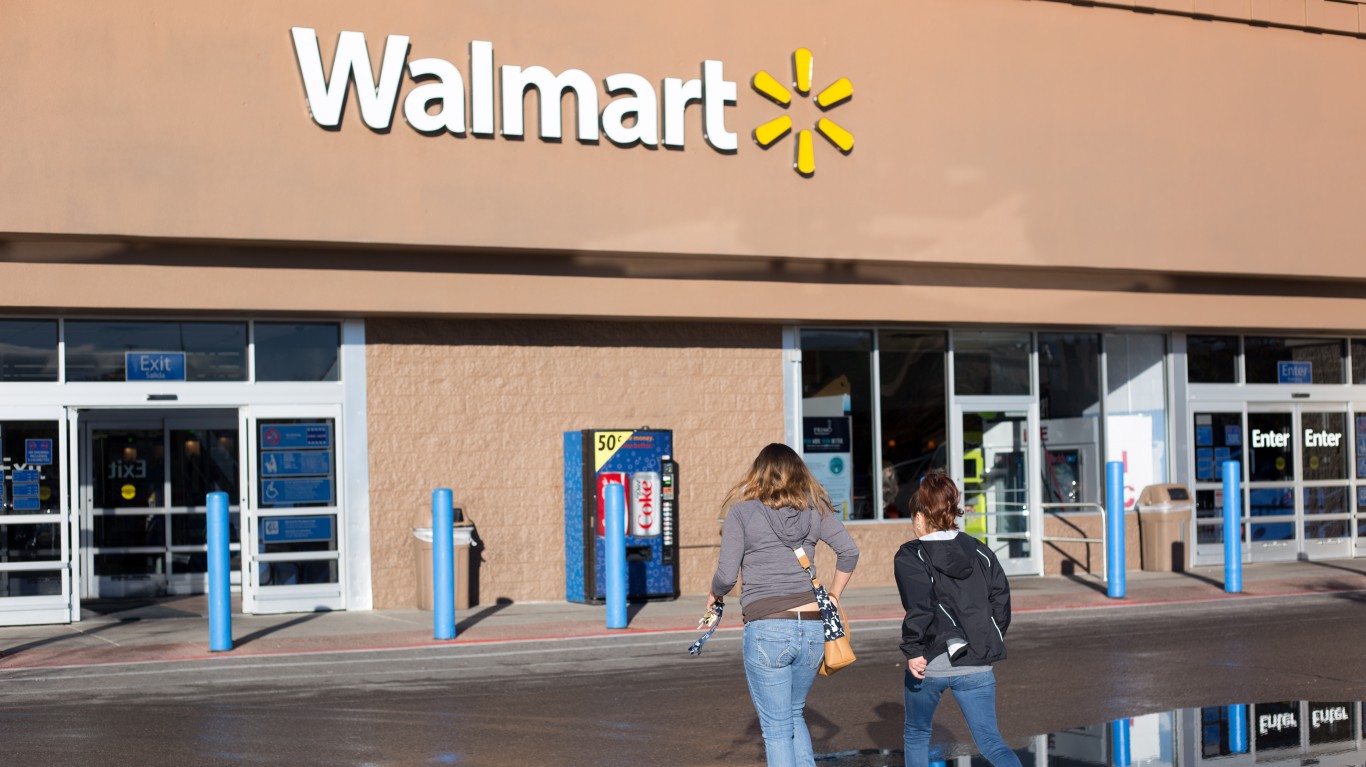
Is Target Corp. (NYSE: TGT) ready to leave Wal-Mart Stores Inc. (NYSE: WMT) in the dust? That is the question investors might be wondering on Monday after a dual-company report from Citigroup came out in favor of Target. Citi’s Kate McShane started Target as a Buy, but assigned a new Neutral rating to Wal-Mart.
Tuesday’s reaction has been very muted, and in some ways even opposite of what the call might imply. That may be due to a sell-off in general in the broader stock market, or it may be due to at least some heightened concern that maybe higher interest rates from the Federal Reserve late in 2015 or early in 2016 might not be great for retailers and consumers.
Target was assigned an $88.00 price target in Monday’s report from Citi. That implies upside of 16% on the surface, against a current share price of $75.60, but then there is Target’s dividend yield of about 3%. That puts Citi’s implied upside expectation at nearly 20%. As we note in our weekly upgrades and downgrades, most new Buy or Outperform analyst calls in established companies of this size have lately been calling for an average upside of 8% to 15% total return (capital gains and dividends).
Wal-Mart, again with just a Neutral rating, was assigned a mere $60.00 price target. Wal-Mart shares were last seen down 0.9% at $58.25 in mid-Monday trading. That implies upside of about 3%, before considering Wal-Mart’s 3.3% dividend yield. Also, note that Wal-Mart’s dividend yield is so low just because of the huge share price drop that Wal-Mart suffered after its annual guidance.
ALSO READ: 8 Companies That Failed Shareholders Last Week
McShane sees Target trading at a substantial discount to its three-year average valuations at a time when its balance sheet could easily support further share buybacks when comparable store sales start looking attractive. Target could even raise another $2 billion or so in debt while it continues to focus on traffic-driving initiatives.
Another boost for Target, more than Wal-Mart, is that Target’s focus on growing its channel and getting exclusive offerings and signature categories is helping out rather than a focus on growth in square feet of retail space. She said:
While the competitive environment is intense for most broadline retailers, given the lack of differentiation and price competition, we think Target is focusing on the right initiatives to further distance themselves from and compete more with Wal-Mart Stores.
Wal-Mart’s consensus analyst target price has dropped all the way down to $62.95, and it has a 52-week range of $56.77 to $90.97. Target shares were last seen down right at 2% at $75.75. Its consensus analyst target is about $84.75, and the 52-week range is $64.14 to $85.81.
There is a huge difference in size here. Target’s market cap is $47.5 billion, versus $187 billion for Wal-Mart. Target is expected to have full-year revenues this year of $74.3 billion, a far cry shy of the $485 billion expected for Wal-Mart.
ALSO READ: 10 Brands That Will Disappear in 2016
For whatever this is worth, a rival call from Bank of America Merrill Lynch at the start of October also started Target as a Buy with a $92.00 price objective. At the time, Merrill Lynch also had Wal-Mart as Buy with an $85.00 target price.
Thank you for reading! Have some feedback for us?
Contact the 24/7 Wall St. editorial team.



